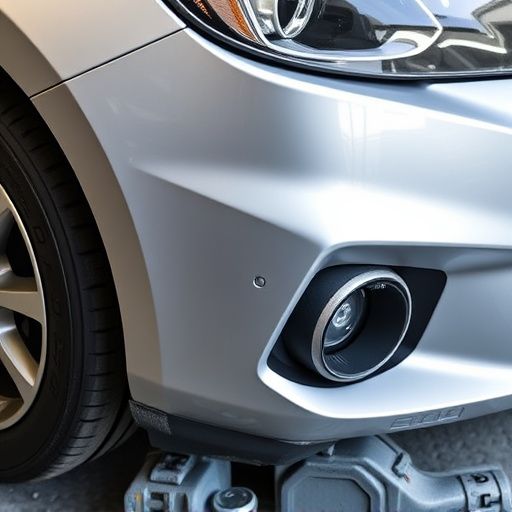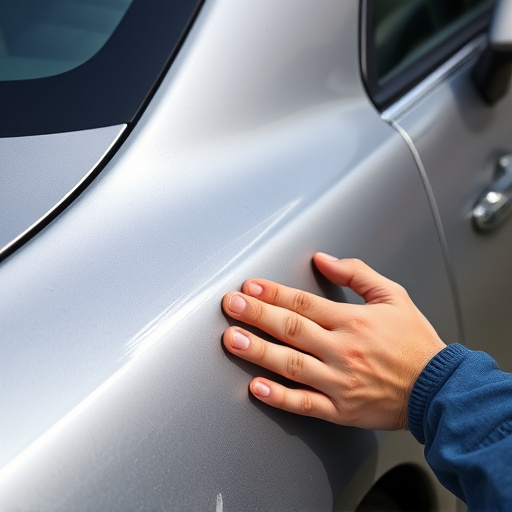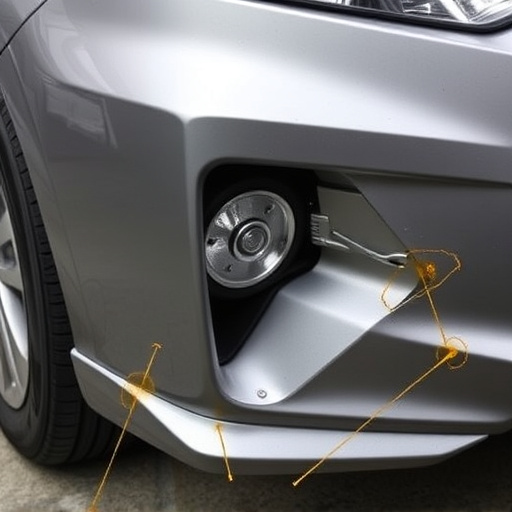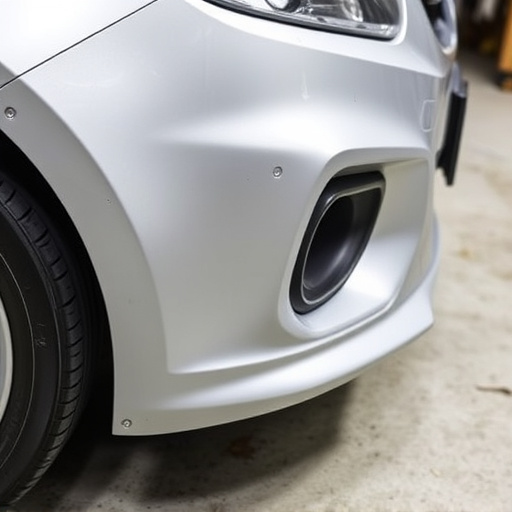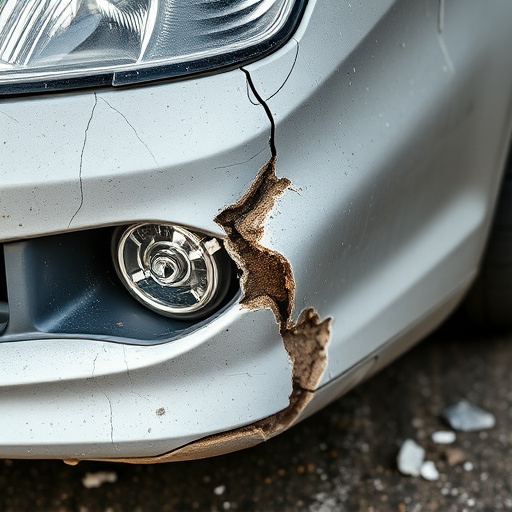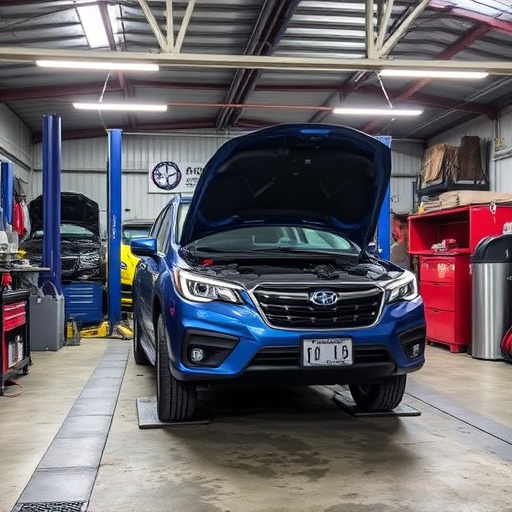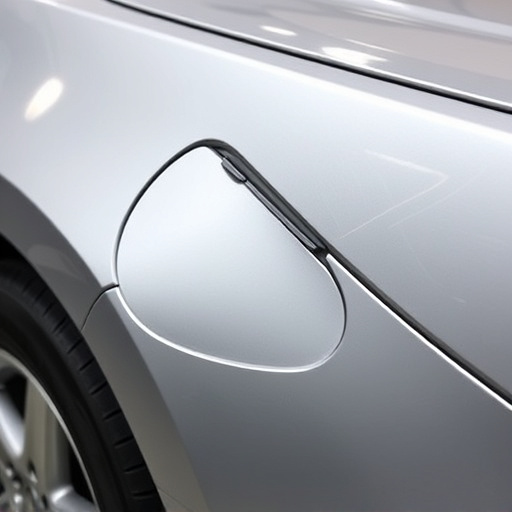Windshield replacement laws vary by region, ensuring structural integrity and visibility meet OEM standards. Comprehensive insurance often covers damage costs, but deductibles apply; drivers may incur out-of-pocket expenses or use collision coverage. The process involves assessing damage, removing and replacing windshields, and straightening frames as needed. Reputable shops offer fleet services for efficient maintenance and repairs.
In today’s digital era, understanding windshield replacement laws is crucial for every driver. This comprehensive guide delves into the essential aspects of windshield replacement processes, shedding light on key regulations and procedures. We explore who is responsible for coverage and walk through the step-by-step process from assessment to installation. By familiarizing yourself with these rules, you can ensure a smooth and legally compliant experience in case of a shattered windshield.
- Understanding Windshield Replacement Laws
- Who Is Responsible for Coverage?
- The Process: From Assessment to Installation
Understanding Windshield Replacement Laws

In many jurisdictions, windshield replacement laws have been established to ensure safety and protect drivers on the road. These regulations govern when and how a damaged or cracked windshield should be replaced, providing guidelines for both consumers and auto repair shops. Understanding these laws is crucial for anyone involved in a fender bender or experiencing car bodywork issues that affect the windshield. Knowing when a simple repair versus a complete replacement is needed can save time, money, and potentially avoid further damage to your vehicle.
Windshield replacement laws vary by region but generally mandate specific standards for safety and quality. They often stipulate that replacements must meet or exceed original equipment manufacturer (OEM) specifications, ensuring the new windshield provides equivalent structural integrity and visibility. Moreover, these laws may regulate the process of car dent removal, especially around the windshield area, to maintain the vehicle’s overall structural integrity and prevent future issues related to damaged fenders or misaligned body panels.
Who Is Responsible for Coverage?

In many jurisdictions, the responsibility for covering windshield replacement costs varies depending on the scenario. Typically, comprehensive insurance policies include coverage for windshields, making them a crucial component of your car’s protection plan. When a windshield is damaged due to covered reasons like accidents or natural disasters, these policies step in to facilitate its replacement.
However, it’s essential to understand that not all repairs are covered under comprehensive insurance. Certain policies may exclude specific types of damage, and deductibles still apply. In cases where the driver is at fault for the windshield damage, they might need to cover the cost out of pocket or through their collision coverage, which typically includes auto body repair services, including tire services if necessary.
The Process: From Assessment to Installation

When it comes to windshield replacement, understanding the process is key for drivers. It typically begins with a thorough assessment of the damage. This involves inspecting the extent of cracks or chips and determining their impact on visibility and safety. Skilled technicians will consider factors like the size, depth, and location of the damage, which can affect the feasibility of repair or replacement. If the windshield is beyond repair, the next step is removal.
This process requires precision to ensure a secure fit for the new windshield. The old windshield is carefully taken out, and any damaged components around it are also replaced. After that, a new windshield is installed, ensuring it aligns perfectly with the car’s frame. This includes frame straightening if necessary, where professionals adjust the vehicle’s structure to maintain optimal alignment after the replacement. Many reputable car body shops offer fleet repair services, catering to businesses needing efficient solutions for their vehicles’ windshields and overall maintenance.
Knowing and understanding windshield replacement laws is crucial for drivers to ensure they receive the best service and protection during a repair or replacement. With clear guidelines in place, consumers can navigate the process with confidence, knowing their rights and responsibilities. By familiarizing themselves with these laws, drivers can make informed decisions when choosing a reputable auto glass provider, ultimately ensuring a safe and efficient windshield replacement experience.

